











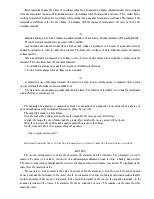
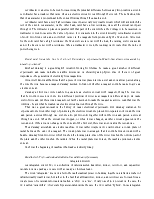
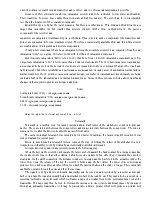
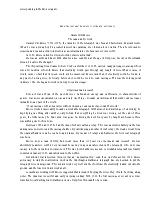
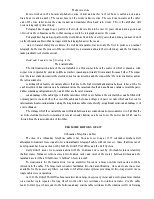
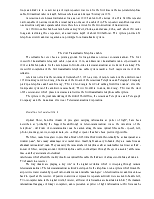
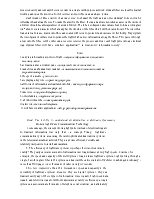
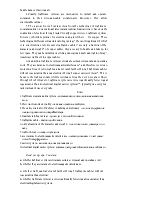
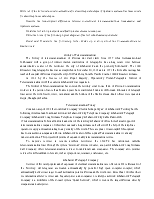

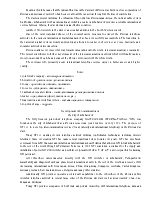
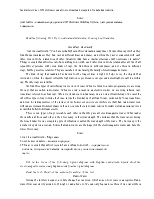
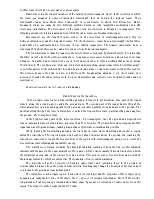
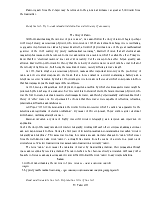
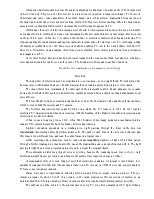
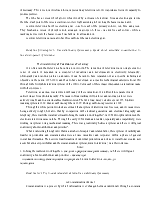
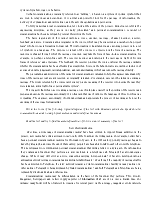

4 AT THE LABORATORY
There are many laboratories at our University. We can name some of them: the laboratory of automatic electrical communication, the laboratory of multichannel electrical communication, the physics laboratory, the language laboratory, the radio and TV systems laboratory and other laboratories.
All the laboratories are equipped with the most up-to-date instruments, devices, installations. The students attend these laboratories to extend their
theoretical knowledge and get know how on their speciality. The first and second year students attend the physics laboratory, the laboratory of electrical engineering and some others. The students carry out research work under the guidance of qualified specialists.
At the laboratory of electrical engineering we can see voltmeters, ammeters, rectifiers, resistances, ballistical galvanometers, transformers, circuits of different types, amplifiers. The students do many laboratory exercises. Some of them are as follows: Ohm's law, investigation of current resistance, investigation of inductance coil, etc. Before carrying out laboratory exercises a student must study theoretical material, understand the purpose of the laboratory work and do a preliminary calculation, if it is necessary. The students do all the operations of the laboratory work, draw diagrams, take readings of the devices, compare calculation data with experimental ones. Such laboratory work is written up in the form of an individual report.
EXERCISES
I. Translate into English. 1. Мы должны иметь современное оборудование в наших лабораториях.
2. Цель нашей лабораторной работы - исследовать резонанс напряжения.
3. Амперметр - это прибор, который измеряет ток.
4. Электрический элемент - это прибор, который превращает химическую энергию в электрическую.
5. Необходимо снять показания приборов.
6. Чтобы остановить течение тока, мы должны открыть цепь.
7. В нашей электро-технической лаборатории можно провести ряд экспери ментов.
II. Answer the questions to the text
1. What laboratories do you know in our university?
2. What instruments and devices are the laboratories equipped with?
3. What do the students attend the laboratories for?
4. What laboratories do the first and second year students attend?
5. What laboratory exercises do the students carry out at the laboratory of elec trical engineering?
6. What do the students do when they carry out a laboratory work?
7. What do the students do in the language laboratory?
///. Read the dialogue and act it out
TEACHER: The subject of out laboratory work is "Ohm's Law" for the Passive
Section of the circuit. STUDENT: What's the purpose of the work?
8 TEACHER: It's purpose is: comparison of calculation data with experimental
ones.What should you do in the beginning of a laboratory work? STUDENT: First we draw a diagram. Is it nesessary to use an ammeter or a
voltmeter? TEACHER: Certainly. You are to use both of them for measuring current value
and voltage drop of the load. STUDENT: After that we assemble the circuit in accordance with the diagram,
don't we? TEACHER: You are quite right. Don't forget to take readings. And at last on
the basis of your measurements you'll find load resistance and
compare it with value known. Notes:
calculation data - расчетные данные current value - величина тока load resistance - сопротивление нагрузки voltage drop of load - падение напряжения на нагрузке to assemble the circuit - собрать цепь
IV. Read and retell the text
LANGUAGE LABORATORY
The language laboratory is a special class-room for teaching foreign languages.
There are different systems of laboratories. We can mention two of them.
The first system provides each student with earphones (headphones), a microphone and an amplifier which enable him to listen to taped lessons and to repeat them. Such lab usually has individual booths for students
Уважаемый посетитель!
Чтобы распечатать файл, скачайте его (в формате Word).
Ссылка на скачивание - внизу страницы.